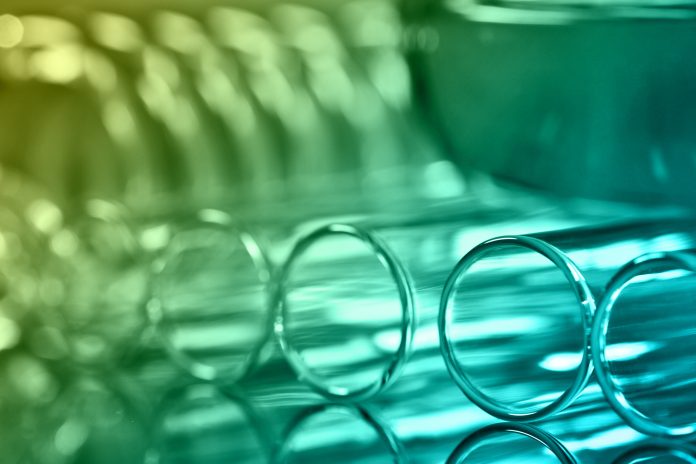Jennie Romer, Deputy Assistant Administrator for Pollution Prevention at EPA’s Office of Chemical Safety and Pollution Prevention (OCSPP) in the U.S., shines the spotlight on green chemistry innovations
As the first Deputy Assistant Administrator for Pollution Prevention at the Environmental Protection Agency (EPA) in the United States (U.S.), I get to see first-hand the new and exciting ways people positively impact human health and the environment by cutting pollution at its source. Green chemistry stands out as one of the best strategies to avoid the creation of toxics and waste.
Green chemistry innovations
This year, the EPA again shines a spotlight on ground- breaking innovations with the Green Chemistry Challenge Awards. We’ll announce the winners of this year’s awards on October 23 with the American Chemical Society’s Green Chemistry Institute, our partner for these awards for the past 27 years. I hope you can join us. You can register to attend for free here.
Millions of tons of pollution are created annually in the U.S. – and tens of billions of dollars are spent to control this pollution. The field of green chemistry has made a major impact in reducing pollution. The technologies recognized by the Green Chemistry Challenge Awards alone have eliminated the use of nearly one billion pounds of hazardous chemicals such as solvents and saved over 20 billion gallons of water. These award-winning technologies are also being applied to fight climate change and have eliminated emissions equivalent to nearly eight billion pounds of carbon dioxide annually.
All of us benefit from this reduction in pollution and greenhouse gases. However, the biggest impact may be in communities whose residents continue to suffer from disproportionately high pollution levels and the resulting adverse health and environmental impacts.
By preventing waste, reducing energy use, and avoiding hazardous chemicals, innovative technologies such as those developed by the Green Chemistry Challenge Award winners can bring tangible benefits to communities across the country.
The power of green chemistry
Some great examples of the power of green chemistry can be found with the 2022 winners. Amgen, for example, is a biopharmaceutical company with offices across the U.S. and the world. It was recognized for improving the manufacturing process for a lung cancer drug, including eliminating a step that generated large quantities of solvent waste. This one advancement alone will cut waste by around 31 million pounds.
Another 2022 winner, a small business called Provivi, used green chemistry to create a pheromone product that reduces the ability of the fall armyworm moth, a pest for corn and other important crops, to mate. The product reduces the need for traditional pesticides, which can help protect human health and improve populations of beneficial insects, including pollinators.
These and other winners demonstrate how game-changing green chemistry can be. To keep up with the advancements in this field, EPA is making some changes to the criteria for next year’s awards.
For the first time since the beginning of the program in 1996, the 2024 Green Chemistry Challenge Awards include a category focused on circularity – the design of greener chemicals and materials that can be readily recycled or reused. Efforts to reduce plastic consumption overall are a key part of source reduction, but greener chemicals play a big role.
Green chemistry for human health and the environment
This area is where green chemistry can make a big difference in protecting human health and the environment since some materials, including many plastics, are now nearly impossible or costly to reuse or recycle and, therefore, a large percentage are landfilled after just one use. The new category will recognize the design of greener chemicals and materials that can be readily reused or recycled – or even continuously reused or remanufactured – thereby reducing waste from the onset.
Nominations for the 2024 Green Chemistry Challenge Awards are open now until December 8. You can find more about the 2024 awards here, including how to enter and join a webinar on the nomination process.
More vital than ever
Green chemistry has never been more vital than it is today. The climate crisis and the urgent need to address environmental inequities demand answers. Green chemistry innovations can be used to strengthen the circular economy, cutting pollution while providing benefits to businesses and the economy.











